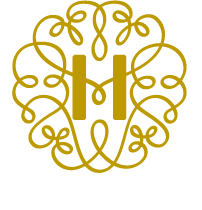The Haydneum summer series of concerts will open with a performance in Eszterháza that reflects the dynamic changes in the musical tastes of the 18th century. The first half of the programme will shed light on novel musical approaches of two significant Kapellmeisters in the employ of the Esterházy princes, Georg Joseph Werner, who was just eight years younger than J. S. Bach, and Joseph Haydn, a force of nature that reshaped the tastes of the time, while the second half of the show will put an exciting novelty of the era in the limelight, the clarinet.
Haydn’s hiring in 1761 had a significant impact on Werner: While he formally retained his position as the senior conductor, from that point on, his subordinate made almost all decisions regarding every aspect of musical life at the court; Haydn’s more fashionable style and boundless imagination became more interesting to his employer than his predecessor’s knowledge. He found particularly imaginative ways to utilise the string quartet setup: by leaving out the continuo, he arranged the four instruments into four coequal voices, simultaneously enriching their witty conversation with varied musical concepts, fugues, permutational plays, and elements that evoke emotion. However, as a sign of respect towards Werner, he later adapted some of his predecessor’s fugues for string quartet.
Nevertheless, not even he used the clarinet frequently at first, as it was still viewed as a novel instrument and it took time to find its place in contemporary ensembles. Mozart’s famous quintet was also the result of his personal relationship with an excellent clarinettist from Vienna, Anton Stadler, with whom Mozart became close friends in the eighties.





